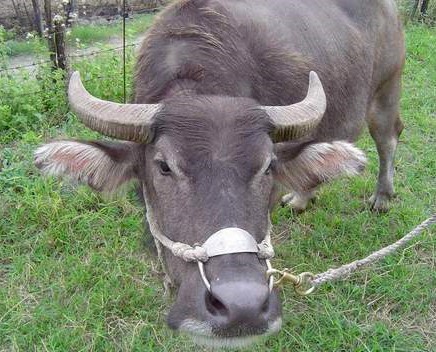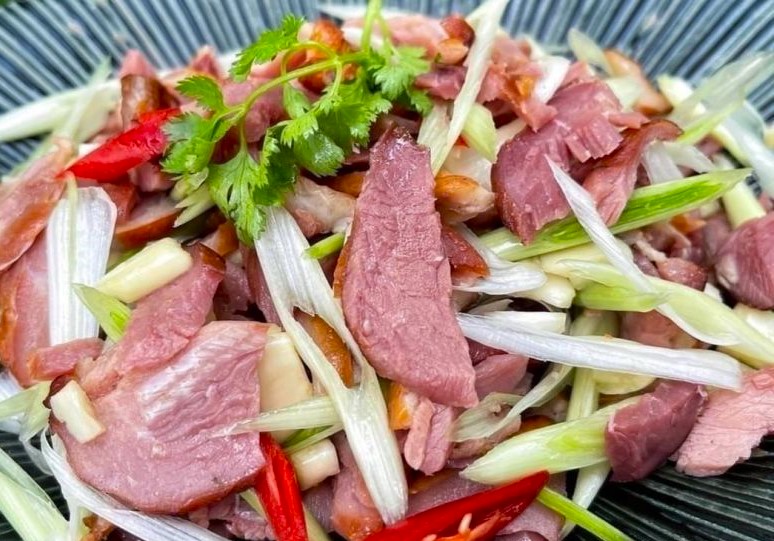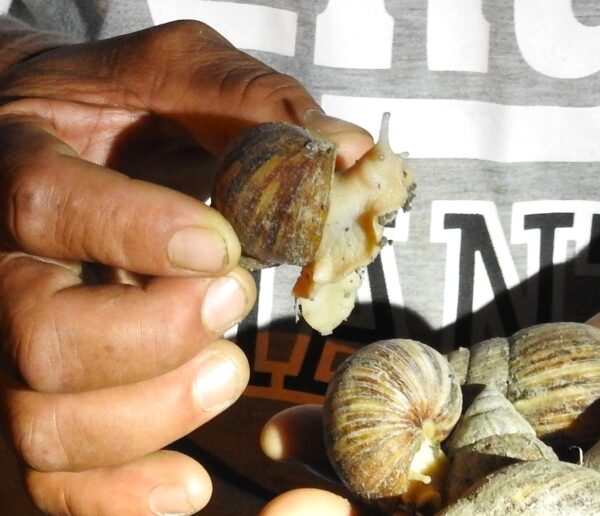When a Taiwanese person talks about meat, they usually mean pork. If you spend a week or two in Taiwan, there’s a very high chance you’ll sample some of the island’s most popular pork-based dishes, such as braised minced pork over rice, spare rib and daikon soup (in case you don’t know, daikon is a mild-tasting East Asian radish), and pork belly. The last of these is often pan-seared, then slowly braised in a blend of soy sauce, sugar, and cooking wine made from rice.
That said, a lot of chicken and quite a bit of beef get eaten here too. Deep-fried chicken cutlet is a night market favourite and beef noodle soup is a must-try. Invented in Taipei in the 1950s (or possibly around the same time in a small town near Kaohsiung) after the arrival from mainland China of hundreds of thousands of Nationalist soldiers — among them Muslims who habitually ate beef — early versions of the latter dish often used canned meat shipped to Taiwan to feed US servicemen stationed on the island. Since then, countless variants have appeared. Beef noodles in a semi-clear soup is one; strong and spicy Szechuan-style beef noodle soup is another.
Visiting carnivores have several other options. Here are six land-based proteins that may or may not appeal to you. If you’d like to try any of them during a private food tour of Taiwan, just let us know and our skilled itinerary designers will make the necessary arrangements.
Buffalo 
Until a few generations ago, the consumption of any kind of bovine meat was anathema to Taiwanese of Han Chinese descent. Those who grew up on farms regarded bovids as loyal partners in the struggle to convert wilderness into productive land, and would rather have gone hungry than eat their beast of burden. The only ethnic group on the island with any real history of eating bovine meat are the indigenous Amis people, who occasionally slaughtered and ate water buffalo.
In the Hualien area, a handful of Amis-run restaurants continue to specialise in locally-raised buffalo, which aficionados say is less oily than beef, somewhat chewier, and excellent for making stock. At Niumama’s Shop, just south of Hualien City, customers can enjoy buffalo meat cooked teppanyaki-style, buffalo offal soup, and foraged vegetables.
Turkey
A small bowl of white rice topped with shredded turkey and seasoned with fried garlic, just the right amount of chicken fat, soy sauce, and cured daikon makes for a savoury delight. This dish is especially associated with Chiayi, the mid-sized city you might well pass through en route to or returning from Alishan. In and around Chiayi there are dozens of quality eateries where you can enjoy turkey rice along with a soup and various sidedishes. One of the best known is the Spraying Water chain, which has four locations across the city.
Like much of Taiwan’s modern agriculture, the local turkey industry expanded massively after World War II, when cheap North American feed became available. Very few turkeys are oven-roasted in Taiwan because neither Christmas nor Thanksgiving are important events.
Duck
In Taiwan as in many parts of the world, ducks are raised for both meat and eggs. Over the past 200 years, however, the residents of Yilan County in the northeast have developed special methods for rearing ducks and preparing them after slaughter.
Whenever the county’s rice-growing districts received more rain than needed or wanted, farmers would release ducklings into their inundated fields, where they’d feed on the freshwater shrimp, tiny fish, and insects that were abundant before the use of inorganic pesticides. As these waterfowl thrived, their excrement nourished the soil. For rural folks, the birds were a much-needed source of protein — but there’s only so much duck you can eat. In order to store or sell surplus meat, farming households developed a unique preservation process that some still practice. After defeathering and removing internal organs, the carcasses are washed, flattened, and stretched out, after which they’re pickled in salt for around seven days. Then comes a period of outdoor drying, avoiding strong sunshine, after which the birds are dried in a charcoal oven. The final stage is to bake them gently with sugarcane to imbue a sweetish taste and attractive golden hue.
Crispy aromatic duck (which isn’t very different to Peking duck) is a popular banquet dish. If your Taiwan tour is limited to the south of the island, try to find time to eat at Duck Zhen, a Michelin-lauded restaurant in Kaohsiung’s historic Yancheng District. Because this ‘Bib Gourmand’-rated eatery carefully marinates their meat, it is delightfully tender without being either fishy or greasy.
Snail
Snail is among the most divisive of foods. Many Taiwanese are disgusted by the idea of eating wild gastropods but almost as many think they’re a delicacy. On this issue, we at Life of Taiwan have never met a fencesitter. Eaten with relish in thousands of countryside households yet seldom sold in restaurants, the flesh of Giant African snails is often prepared ‘three cup’ style, sautéd in a wok with a small cup each of soy sauce, rice wine, and sesame oil. For reasons of hygiene, cooking them at a high temperature cooking is strongly advised.
Why are Giant African snails so common across the island? It’s claimed they were introduced at multiple locations in the early 1930s by the Japanese colonial authorities then in charge, so they’d multiply and ensure that soldiers fighting insurgents or truculent indigenous people would be able to survive by foraging if their supply lines were cut. That’s one version of events anyway…
Snake
Snake-meat restaurants have never been numerous and there are far fewer now than half a century ago, when almost every Westerner visiting Taiwan was taken to ‘Snake Alley’ (near Longshan Temple in Wanhua) to gape as legless reptiles were butchered or bled to create various dishes and concoctions. Some of these are thought to boost male virility and overall vigour. Snake Alley is now pretty tame and the island’s remaining snake eateries focus on snake-meat soup or stir-fried snake. If sampling anguine meat is on your to-do list, let us know and we’ll make a recommendation or two as we plan your private tour itinerary.
Turtle
Traditional Chinese nutritional theory places turtle meat on the yin or cooling side of the yin/yang food spectrum. Beef and duck, by contrast, are considered yang. Thought to be good for the kidneys, the jiayu rou that’s eaten nowadays in Taiwan comes from farmed softshell turtles and sometimes makes an appearance during the outdoor banquets at which local people celebrate weddings and other happy events. One popular recipe uses sesame oil and rice wine. Some like to make turtle-and-chicken soup. Not long ago, the authorities had to remind gonzo gourmands that if they eat raw turtle eggs, they risk catching salmonella.
We’re not suggesting it as a souvenir to take home, but you might be interested to know that it’s possible to order frozen turtle meat online. According to an advert placed by a local food company, the flesh of male softshell turtles is ‘rich in protein, colloid, and contains no cholesterol’. After bleeding, eviceration, and cleaning, a single creature yields around 600 grammes (21.2 ounces) of meat. It’s delicious, the company claims, and ‘ideal for Chinese New Year meals, celebrations, banquets, or as a gift’.
Book a foodie tour with us
Appetite whetted? Reach out to us today to begin planning the journey of a lifetime to Taiwan. Let us know what floats your boat — food, history, nature, scenery — and we’ll put together a schedule that’s just as busy or as laidback as you’d like. We look forward to seeing you on this spectacular island!



